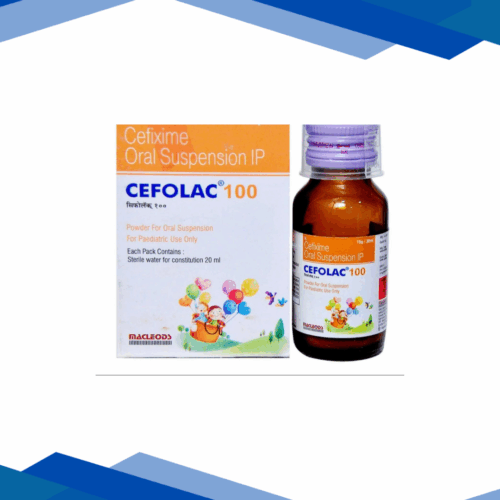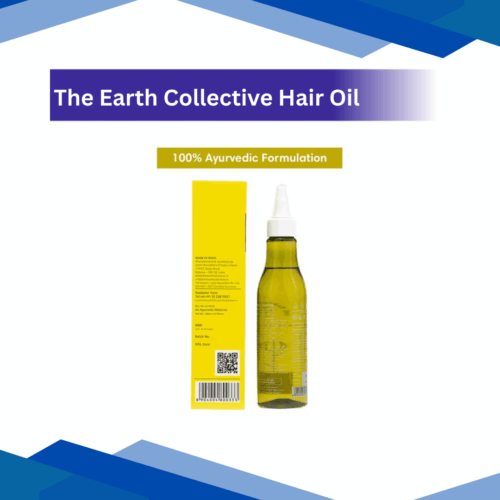Hyaluronic Acid
HYALURONIC ACID
Overview
Hyaluronic Acid is a natural substance found in your skin, joints, and eyes. It helps keep the skin hydrated, the joints cushioned, and the eyes moist. It’s often used in skincare products, eye drops, and joint treatments to add moisture and reduce dryness or stiffness
Classification
Hyaluronic Acid is a type of hydrating agent (also called a humectant) and lubricant. It’s often used in dermatology, ophthalmology, and orthopedics.
Uses
Hyaluronic Acid is used for:
Moisturizing dry skin (in creams or serums)
Reducing wrinkles and fine lines
Helping wounds heal faster
Eye dryness and irritation (in eye drops)
Joint pain relief in arthritis (through injections)
Improving skin texture and elasticity
How It Works
Hyaluronic Acid works by:
Attracting and holding water – it can hold up to 1,000 times its weight in water
Keeping skin soft, smooth, and plump
Lubricating joints, making movement easier
Moistening eyes to reduce dryness and irritation
It acts like a sponge or cushion that keeps tissues healthy and hydrated.
Dosage
As prescribed by your doctor.
Side effects
Generally safe, especially in creams or eye drops. But some may experience:
Skin redness or irritation (from topical use)
Swelling or pain (after joint injection)
Mild allergic reaction (rare)
Usually mild and go away on their own.
Precautions
Do a patch test before using it on the skin to avoid irritation.
If you’re getting an injection, make sure it’s done by a trained professional.
Talk to your doctor if you’re pregnant, breastfeeding, or have skin allergies.
Store products in a cool, dry place and avoid expired items.
If using eye drops, follow hygiene instructions carefully to avoid infection.
Disclaimer
This content is for informational purposes only. Always consult a healthcare provider for medical advice and proper dosage

















